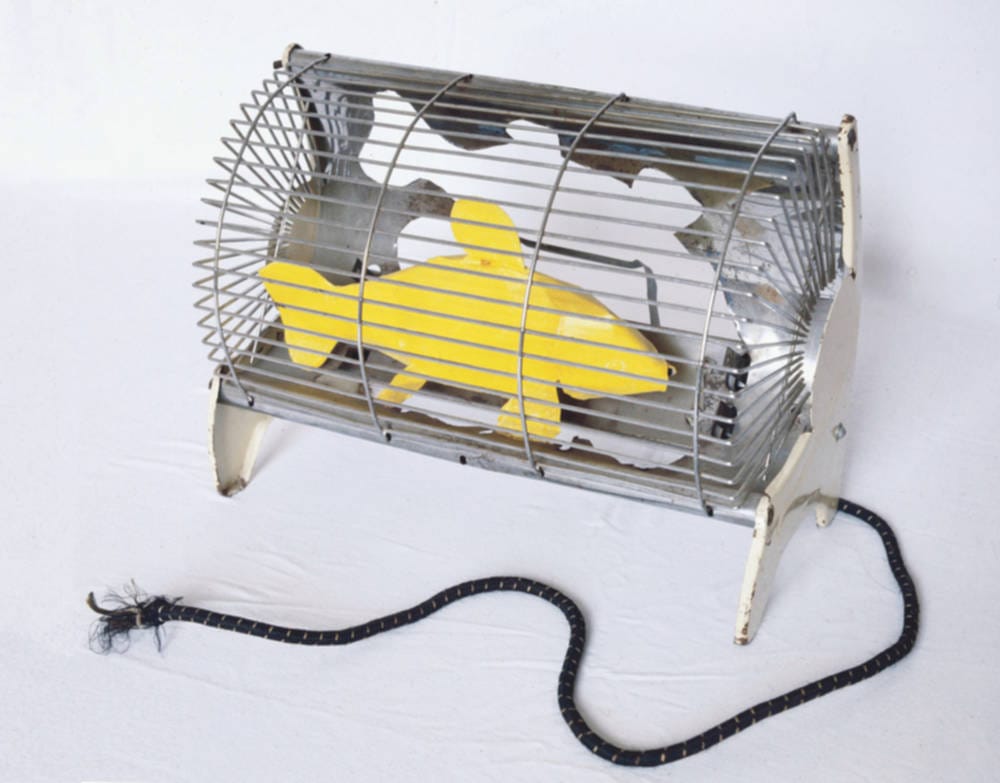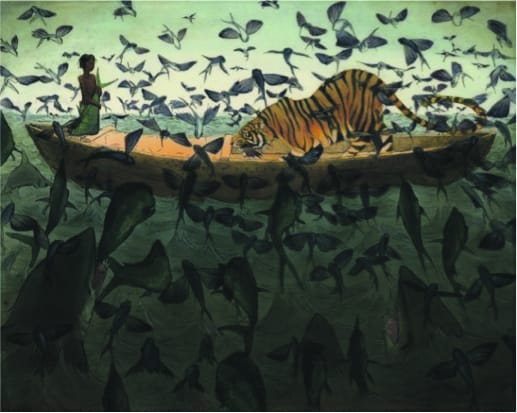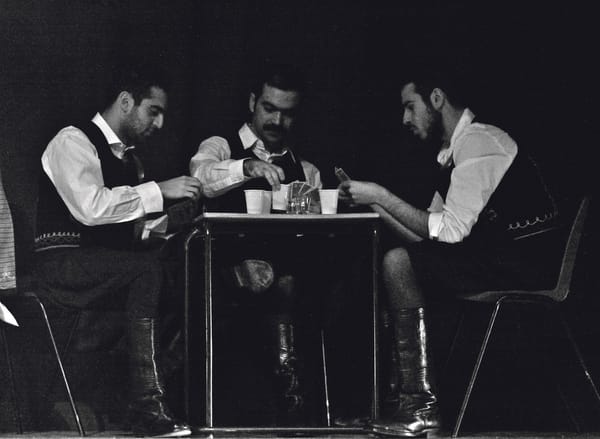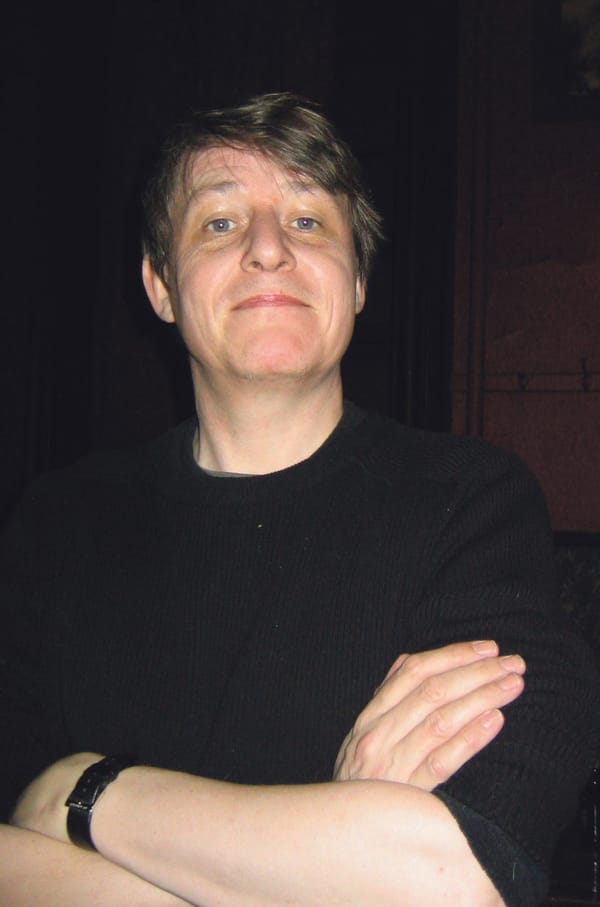Modern British Sculpture
The questions it poses are broader beyond even the breadth of the works it displays

On entering Modern British Sculpture, a vast trunk of stone stands before you. It fills the high-walled room almost up to its domed ceiling, making it more temple than art gallery. Smooth, cold, awesome in the most formidable sense, you have to lean back to see it as it ascends, narrowing in linear sections, where, at its height, a tomb sits. Colossal in size, yet not extravagant; mournful yet imperious. I can’t think of a situation where in the space of passing through a set of double-doors, I have ever been more awestruck, as I was upon entering Modern British Sculpture. Had I not been in as respectable a setting as the RA, I might’ve even audibly had a ‘Clay Davis’ moment.
That trunk of stone, namely Lutyen’s Cenotaph (ordinarily so familiar as the war memorial in Whitehall) strikes a harmonic for the rest of the exhibition. What I’d failed to anticipate of Modern British Sculpture was an aspect so blindingly obvious that it had passed me entirely by – its British-ness. In their opening comments, the exhibition’s curators Penelope Curtis and Keith Wilson begin at the beginning and ask a question of its title: “What is British? What is modern? What is sculpture?”
I’ll admit, printed here it just reads like the kind of thing that would synaptically make my eyes roll or that you’d expect from the mouth of UAL University Challenge captain Adam Walker (even his name is only a letter off). But I would challenge any sociologist, philosopher or historian, or any BNP member, to give such an energetic response to any of those questions, so rounded and so objective is that given by Modern British Sculpture.
Whilst no exhibition could ever answer such questions exhaustively and no doubt many will view the works as distant and abstracted from their own experience, the glimpses of history and glimmers of emotion, when compiled and viewed collectively, give a picture few would not recognize. Whilst some pieces naturally stand alone – Caro’s room to himself is for the most part deserved – the exhibition is greater than the sum of its parts. Whether it is Epstein’s Adam, thickset with pride, that touches us, or Bill Woodrow’s playful Electric Fire with Yellow Fish, each piece contributes in grains of sand, a pixel, to an overriding sentiment which addresses, satisfyingly, the three questions posed.
The culture of British sculpture is relatively young. Before the turn of the 20th Century, history notes few renowned sculptors and this exhibition charts sculpture’s genesis as a fine art. It follows chronologically an evolution that is as much anthropological as it is artistic. From the cultural acquisitions of the sprawling Empire through to the adopted subject Epstein, to the abstraction of Moore and Hepworth, onto the reformer Caro and, of course, the sensationalist Hirst, the choice objects displayed show the maturing face of British Sculpture in every light.
As much as I am loathe to perpetuate Hirst-mania, his pieces are only alarming because of their pure tangibility and accessibility, for which credit is due. Looking at Hirst’s ‘Let’s Eat Outdoors Today,’ a friend remarked how “he’d never realized he had art in his back garden before,” a comment that for me typifies somewhat unintentionally one of Hirst’s, and British art’s, great strengths.
Jubilee Memorial to Queen Victoria, a statue that pretty accurately describes itself, cannot go without mention at this juncture. Keith Wilson urges the viewer to find ‘unexpected pairings of works and echoes across time and space’ and on first sight, Queen Victoria’s indulgent, gothic arrogance seems more befitting of the work of a self-assured YBA than of a Victorian metal-worker. Further grains of sand pile up in our understanding.
I feel at a loss to fully document this exhibition. As I said before, the questions it poses are broader beyond even the breadth of the works it displays and no summary I could give would ever be sufficient. Each work has its own personality and merits, give or take a few (Hell, Phillip King, what the fuck were you thinking when you made Genghis Khan?), and the Royal Academy reminds us of its expertise in the gentle, guiding accompaniment that make its galleries so rewarding. My only regret is that I unwittingly followed the exhibition in reverse chronological order – here I expect letters of complaint from those of you who wish to defend the importance of song order on an album. But I reassure you I have full intention of a second visit before it closes on 7th April; and not just to get the order right.








